Why do so many managers and safety professionals keep treating the people in organizations as objects to be controlled so they will work safely?
They seem to assume that the employees can’t or won’t think for themselves and have to be made to work safely. These managers and safety professionals are not bad people, but they are stuck in their basic assumptions about people. So many seem to think that they have the answers and the power to make people do as they are told.
Thinking of the people as “employees” is part of the problem. Thinking of people as “employees” brings different thoughts to mind. The word “employee” is a legal word that defines my relationship with my employer with respect to things like hours of work, pay rates, benefits, etc. It also carries some tough top-down implications. If the boss gives an order, it better be done. The boss and the employee are not seen as equals in terms of respect, hopes, aspirations, good ideas and creative energy.
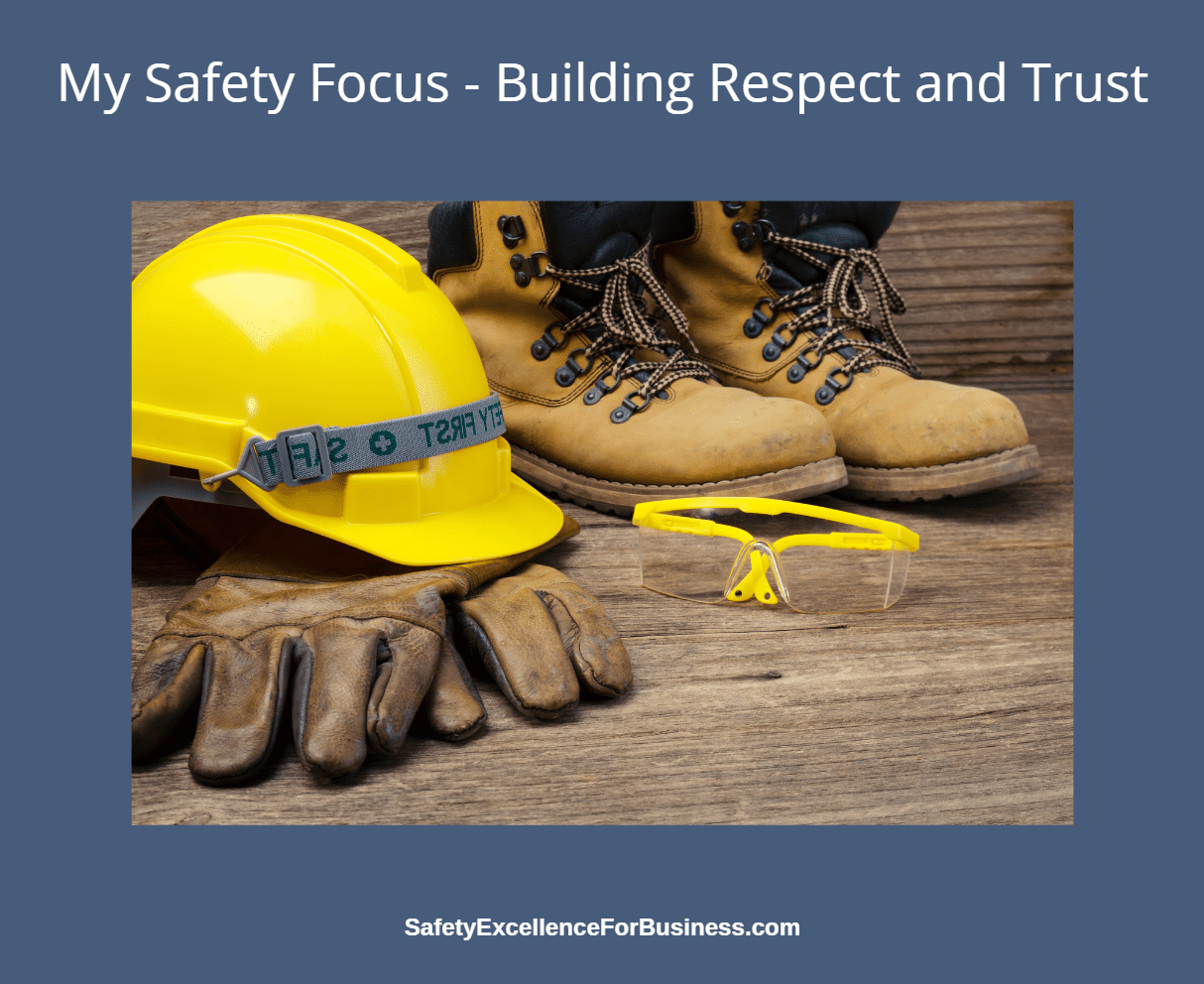
This has been the approach for generations and yet, there are still over 6,000 people a year getting killed at work and thousands are suffering serious injuries. Just using the same approach, with variations, over and over, and expecting to see real improvements is a problem!
There needs to be a fundamental shift to assumptions like these.
My Safety Focus: Building Respect and Trust.
My basic assumptions are:
- We work with people who have brains and can think; their hopes and dreams are similar to my own.
- People do want to work safely and not get hurt.
- People want to be treated with respect.
- The people doing the work have important knowledge and ideas to contribute.
- People want to be listened to.
- I do not know what they know, so we need to share information together so we can do our best.
- Safety is connected to everything we do; it is part of the whole system.
- It takes everyone pulling together to achieve excellence.
- I do not have a right to make my living at a place where it is okay for people to get hurt.
I did not work on safety as such. My focus was on the people and building trust and a better, safer future. The more I worked this way with the people, the better our performance became. Within 4 years, our Total Injury Rate had dropped by about 97% to a rate of about 0.3. (The rate was only a way to keep score.) The people liked working this way and sustained their performance for 19 years. I wrote about this in my recently published paper in Professional Safety [Knowles, R.N. (2022, Nov.). Leading vs. Managing: A tale of two organizational processes. Professional Safety, 67(11), 42-46].
The importance of building trust and working with people has been known for a long time. Douglas McGregor wrote The Human Side of Enterprise in 1960 about Theory X and Y. Recently the work of others like Rosa Carrillo in her book, The Relationship Factor in Safety Leadership, 2020, and even in this current issue of Professional Safety [ Sarkus, D.J. (2022, Nov.). Building community through servant leadership. Professional Safety, 67(11), 24-29.] are emphasizing the importance of respect and trust.
This shift in thinking and working with the people results in a lot fewer people getting hurt or killed at work. Yet why do so many safety people seem to be all wrapped up in chasing injuries and incidents? Some just counting the numbers. Others developing more advanced ways to get employees to work more safely, or to develop better ways to analyze incident situations. Many are just pushing production with little or no regard for safety. Some safety consultants have learned to give great motivational talks that are fun to hear, but have almost no impact in the workplace. The BLS statics on workplace injuries and deaths are not showing much improvement.
The global safety improvement industry was estimated to be over $20,000,000. The trade shows have lots of very fancy safety equipment and the consultants are selling their approaches. Is there a vested interest it doing things like we have always do it and getting the same results?
Many managers think that you can not have excellence in safety and earnings at the same time. That is not what I found at the plant I led where we cut the injury rate by 97% and increased the earnings by 300%.
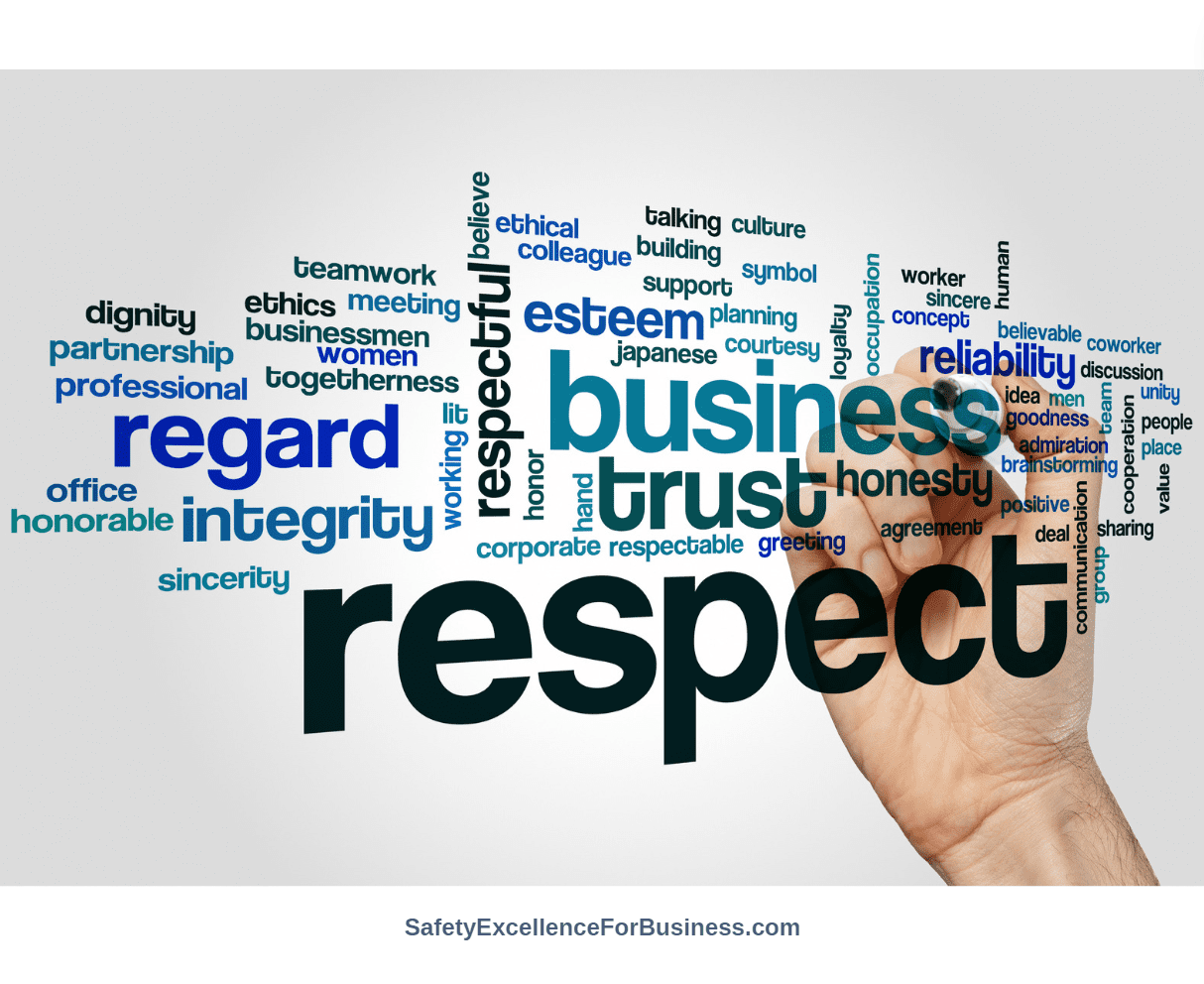
Conclusion
If the whole safety effort was shifted to treating people with respect, listening and learning together and doing what makes sense, there would be a huge improvement in total safety and a lot fewer people getting injured and killed.
Is the effort to build trust, learn to treat people with respect, to listen more carefully, to build on each other’s good ideas too high a price for saving many, many lives?
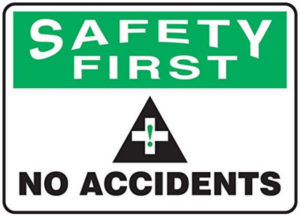 Almost every day I see people post on LinkedIn, engaging in awful safety practices. Some are so ridiculous that they could be funny – except that people are getting hurt. Some workers seem quite content to endanger their lives and co-workers seem to be so unaware of the risks around them – that it is unbelievable!
Almost every day I see people post on LinkedIn, engaging in awful safety practices. Some are so ridiculous that they could be funny – except that people are getting hurt. Some workers seem quite content to endanger their lives and co-workers seem to be so unaware of the risks around them – that it is unbelievable!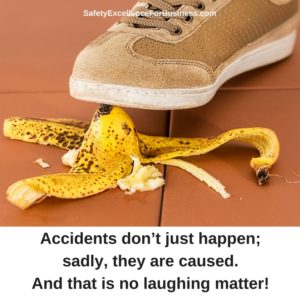 A recent Gallup study conducted over several years, covering about 150 countries, revealed that only about 15% of the people were actively involved in their work and that another 15% were actively opposing their managers and supervisors. The other 70% must be just doing as little as possible and not helping or looking out for each other. We are better in the USA, but not by much.
A recent Gallup study conducted over several years, covering about 150 countries, revealed that only about 15% of the people were actively involved in their work and that another 15% were actively opposing their managers and supervisors. The other 70% must be just doing as little as possible and not helping or looking out for each other. We are better in the USA, but not by much. A wicked question is one where it is so complex that there is no final answer. We work to the best solution we can, which works for some period of time, then we have to revisit it again as conditions change. (The wicked question keeps repeating, sometimes reminding us of a bad penny – that keeps showing up at inopportune times!)
A wicked question is one where it is so complex that there is no final answer. We work to the best solution we can, which works for some period of time, then we have to revisit it again as conditions change. (The wicked question keeps repeating, sometimes reminding us of a bad penny – that keeps showing up at inopportune times!)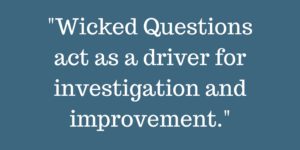 We need to approach this from the whole systems perspective since everything is connected to everything else. Experience shows that if we try to just fix one part of the system or another, we will wind up making other parts worse.
We need to approach this from the whole systems perspective since everything is connected to everything else. Experience shows that if we try to just fix one part of the system or another, we will wind up making other parts worse.





